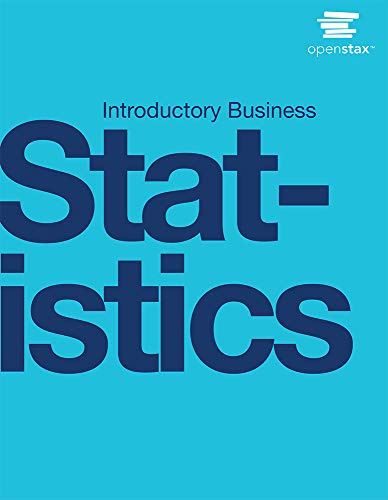There are two similar games played for Chinese New Year and Vietnamese New Year. In the Chinese
Question:
There are two similar games played for Chinese New Year and Vietnamese New Year. In the Chinese version, fair dice with numbers 1, 2, 3, 4, 5, and 6 are used, along with a board with those numbers. In the Vietnamese version, fair dice with pictures of a gourd, fish, rooster, crab, crayfish, and deer are used. The board has those six objects on it, also. We will play with bets being \($1.\) The player places a bet on a number or object. The “house” rolls three dice. If none of the dice show the number or object that was bet, the house keeps the \($1\) bet. If one of the dice shows the number or object bet (and the other two do not show it), the player gets back his or her \($1\) bet, plus \($1\) profit. If two of the dice show the number or object bet
(and the third die does not show it), the player gets back his or her \($1\) bet, plus \($2\) profit. If all three dice show the number or object bet, the player gets back his or her \($1\) bet, plus \($3\) profit. Let X = number of matches and Y = profit per game.
a. In words, define the random variable X.
b. List the values that X may take on.
c. List the values that Y may take on. Then, construct one PDF table that includes both X and Y and their probabilities.
d. Calculate the average expected matches over the long run of playing this game for the player.
e. Calculate the average expected earnings over the long run of playing this game for the player.
f. Determine who has the advantage, the player or the house.
Step by Step Answer:

Introductory Business Statistics
ISBN: 202318
1st Edition
Authors: Alexander Holmes , Barbara Illowsky , Susan Dean





